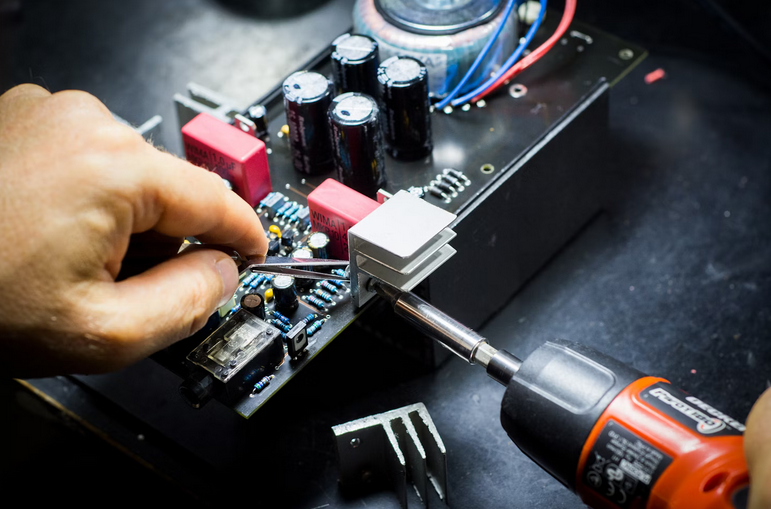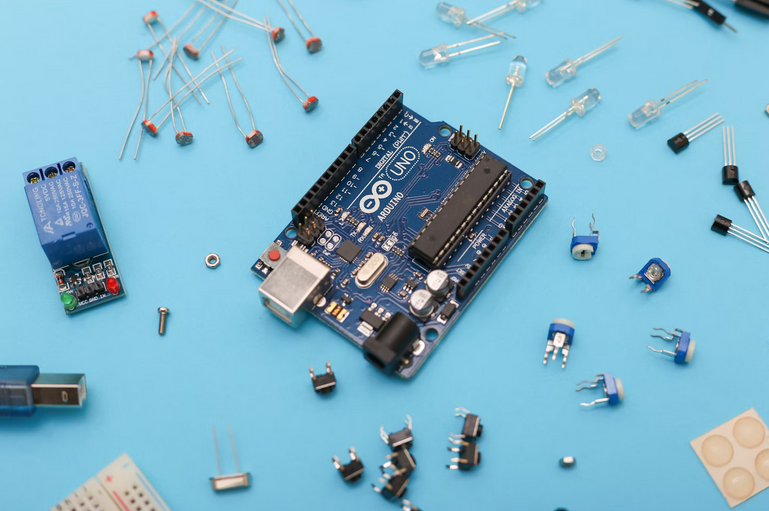Tips to Consider When Choosing the Right Microcontroller for Your Project
Microcontrollers are the heart and brain of countless electronic projects, from robotics and automation to IoT devices and wearable tech. Selecting the right microcontroller and knowing how to hunt for price of your project is essential for success. With a wide range of varieties available in the market, making an informed decision can be a daunting task. Here are valuable tips to consider when choosing the right microcontroller for your project.
Basic Project Requirements

Before diving into the vast sea of microcontrollers, it’s crucial to define your project requirements. Consider the following: processor power, memory capacity, input/output (I/O) needs, communication protocols, and power consumption. Understanding these requirements will help you limit your options and ensure that they meet the unique objectives of your project.
The Development Environment
Consider the development environment you are comfortable with or plan to use for your project. Some microcontrollers come with their own proprietary software and development tools, while others are compatible with open-source platforms such as Arduino or Raspberry Pi. Choosing a microcontroller that aligns with your preferred development environment will ease the programming and debugging process.
Processing Power and Memory Capacity
The processing power and memory capacity of a microcontroller play a significant role in determining its suitability for your project. Higher processing power allows for complex calculations and faster execution of tasks. Larger memory capacity ensures sufficient space for storing program code and data. Assess your project’s computational requirements and choose a microcontroller with adequate processing power and memory capacity to handle your application’s demands.
Consideration of I/O Requirements
I/O capabilities are crucial for interacting with external devices and sensors in your project. Evaluate the number and types of digital I/O pins, analog-to-digital converters (ADC), serial communication ports (UART, SPI, I2C), and PWM outputs required for your project. Ensure that the microcontroller you choose offers sufficient I/O options to connect all the necessary peripherals without restrictions.
Connectivity and Communication

Connectivity options are essential, especially in IoT projects or those involving wireless communication. Check if the microcontroller supports Wi-Fi, Bluetooth, Ethernet, or other relevant communication protocols that align with your project’s requirements. Additionally, consider compatibility with sensor modules, GPS receivers, or other devices you plan to integrate into your project.
Power Efficiency
Power efficiency is crucial, particularly for battery-powered or energy-conscious projects. Look for microcontrollers with low power modes or sleep states that allow efficient power management and extend battery life. Additionally, consider the operating voltage range and power consumption of the microcontroller to ensure it aligns with your project’s power source and requirements.
Availability and Support
Consider the availability and support for the chosen microcontroller. Opt for widely available microcontrollers, ensuring easy sourcing and availability of compatible hardware components. Check for community support, online resources, documentation, and forums dedicated to the chosen microcontroller. These resources can prove invaluable when troubleshooting or seeking guidance during the development process.
Selecting the right microcontroller is a critical step in any electronic project. By following these tips and considering your project requirements, development environment, processing power, memory capacity, I/O requirements, connectivity options, power efficiency, and availability/support, you can make an informed decision. Remember that choosing the right microcontroller sets the foundation for your project’s success, allowing you to build innovative and functional applications with ease.…

